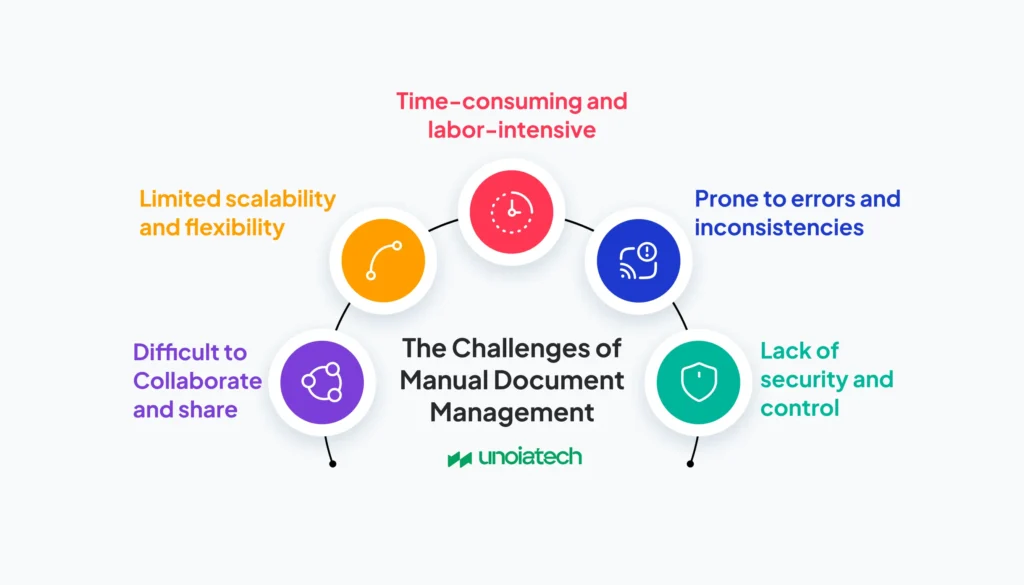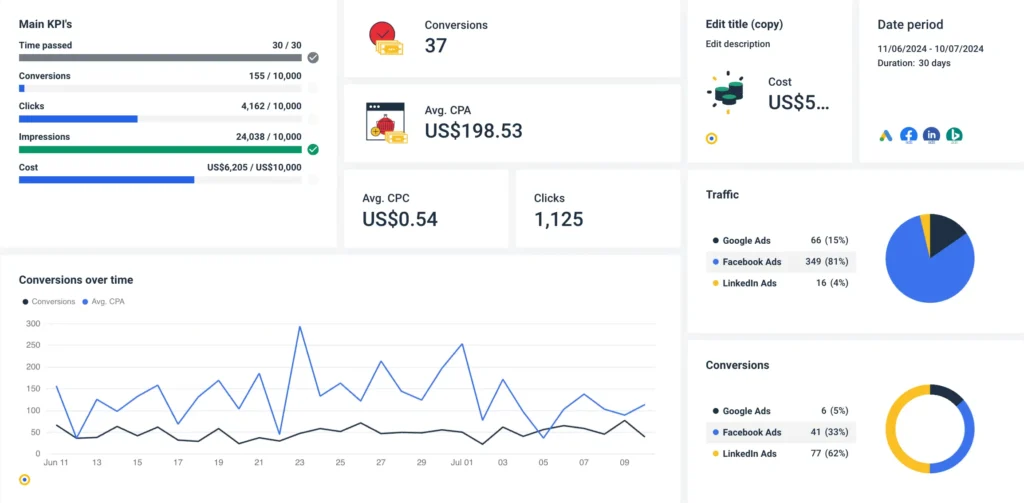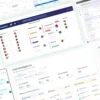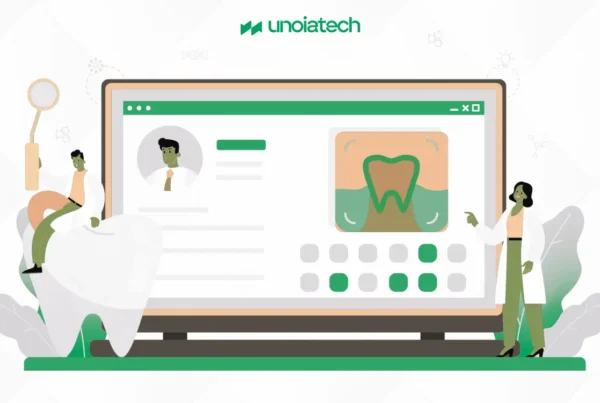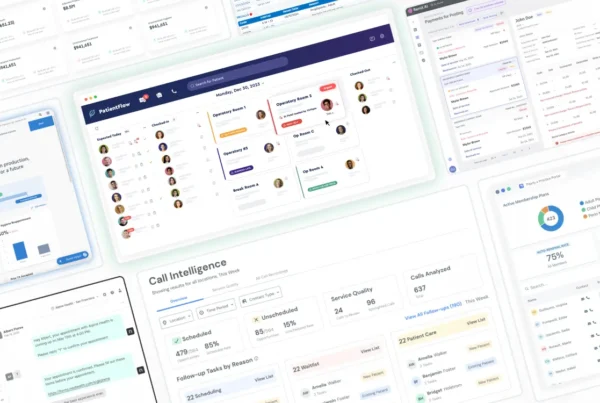
Managing B2B client campaigns in a digital marketing agency is often a complex and time-consuming task. Agencies face challenges such as handling manual reporting, going through lengthy approval processes, and targeting the right audience consistently. Without an efficient system, these challenges can lead to delays, errors, and lack of transparency, which in turn affects client satisfaction and agency growth.
In this article, we’ll explore how adopting an automated client dashboard for agencies can solve these problems, streamline operations, and enhance client relationships. By integrating real-time reporting, transparency, and automated approval workflows, agencies can save time, improve accuracy, and increase overall efficiency.
The Problem with Manual Reporting and Client Approvals
In many digital marketing agencies, reporting and client approvals are still handled manually. This process typically involves collecting ad performance data from platforms like Google Ads or Facebook Ads, compiling the results in spreadsheets, and emailing them to clients. While this method is familiar, it comes with several significant drawbacks:
- Inefficiency: Manual reporting is time-consuming and prone to errors. Each report requires gathering data from multiple sources, which can result in mistakes and inconsistencies.
- Lack of Transparency: Clients often have limited visibility into campaign performance, leading to uncertainty about how their budget is being spent and whether it’s delivering results.
- Delays in Approvals: Client feedback and approvals can take time, with multiple rounds of email communication. This slows down the process of optimizing campaigns or launching new initiatives.

To address these issues, agencies need an automated client dashboard that centralizes data, provides real-time updates, and simplifies the approval workflow. Automated dashboards can integrate directly with ad platforms, enabling agencies to present data quickly, accurately, and in a way that’s easy for clients to understand.
Learn more about improving client reporting with automation from HubSpot’s article on Why Client Dashboards Are Crucial for Agencies.
Key Features of an Automated Client Dashboard
An automated client dashboard for agencies offers a range of features that transform how campaigns are tracked, reported, and optimized. Let’s break down some of the most important functionalities that can boost an agency’s performance:
- Ad Performance ReportingAn automated client dashboard integrates with ad platforms like LinkedIn, Google Ads, and Facebook to pull in performance metrics such as impressions, clicks, conversions, and ROI. This provides a real-time view of how campaigns are performing and allows agencies to identify areas for improvement quickly. Clients can access the dashboard at any time to see live updates on their campaigns.
- Enhanced Targeting OptionsModern dashboards provide advanced targeting capabilities that allow agencies to drill down into specific audiences based on criteria such as company size, industry, or even individual roles. Real-time data insights enable agencies to adjust targeting strategies on the fly to improve campaign effectiveness.
- Client Feedback and ApprovalsAutomated client dashboards streamline the approval process by allowing clients to submit feedback directly within the platform. Agencies can set up automated workflows for gathering feedback on campaign performance, creatives, and overall strategy. This reduces the back-and-forth emails and speeds up the approval process, allowing campaigns to move forward more efficiently.

The Benefits of Using an Automated Platform
Adopting an automated client dashboard for agencies offers several key benefits that can help agencies improve efficiency, transparency, and client satisfaction:
- Increased EfficiencyAutomation allows agencies to reduce the manual workload involved in creating reports, sending emails, and tracking campaign performance. By freeing up time, agencies can focus on higher-value tasks, such as strategy development and client relationship management. Automated reporting means clients receive the information they need instantly, without waiting for a team member to manually compile the data.
- Improved TransparencyClients expect to see the value their agency is providing, and an automated dashboard allows agencies to deliver that transparency. With real-time data and easy-to-read reports, clients gain full visibility into how their campaigns are performing. This builds trust and enhances the client-agency relationship.
- Better Client RelationshipsFaster approval processes and the ability to view live campaign data in one centralized place foster better communication with clients. When clients see their feedback being addressed promptly and have continuous access to performance data, their satisfaction increases. Moreover, this level of transparency ensures clients feel more involved in the campaign, which can lead to long-term loyalty.
A Step-by-Step Guide to Implementing an Automated Dashboard in Your Agency
Implementing an automated client dashboard for agencies can be seamless if you follow these steps:
- Step 1: Integrate Your Ad AccountsStart by connecting your agency’s advertising platforms (e.g., LinkedIn, Facebook, Google Ads) to the dashboard. Most automated platforms, like Toucan, offer simple one-click integrations, which saves time and ensures accurate data.
- Step 2: Set Up Client Accounts and Reporting PreferencesCreate individual client accounts and customize their dashboard experience. Set reporting preferences such as KPIs, metrics, and campaign goals. This ensures the dashboard will automatically display the most relevant data for each client.
- Step 3: Create Automated Workflows for Client FeedbackSet up workflows that prompt clients to provide feedback on different aspects of their campaigns. This reduces delays in approvals and ensures that agencies can address concerns quickly.
- Step 4: Customize Targeting Options Based on Client PreferencesUse real-time insights to adjust and customize targeting for each client based on their specific goals and preferences. Automated dashboards allow you to quickly identify and act on these insights.
- Step 5: Monitor Performance Metrics and Make Data-Driven AdjustmentsOnce the system is set up, monitor campaign performance on a regular basis. The automated dashboard provides valuable insights, allowing your team to make adjustments that optimize campaigns and improve results.
Real-World Results: How Agencies Have Transformed Their Reporting and Approval Processes
Many agencies have experienced significant improvements in both efficiency and client satisfaction after adopting an automated client dashboard. Here are some common results agencies see after implementation:
- Faster Turnaround Time: Automated reporting and approval processes lead to faster client feedback, allowing agencies to adjust campaigns in real-time.
- Increased Client Retention: Clients appreciate the transparency and efficiency of an automated dashboard, leading to stronger long-term relationships.
- Improved Campaign Results: With faster feedback loops and better targeting, agencies see improved campaign performance and higher ROI for clients.
One case study from a digital marketing agency using an automated dashboard showed a 30% reduction in reporting time, as well as a 25% increase in client satisfaction due to faster campaign adjustments.
Conclusion
Adopting an automated client dashboard for agencies not only streamlines reporting and approvals but also fosters better client relationships, improves efficiency, and boosts agency growth. By integrating real-time data, transparency, and automated workflows into your agency’s operations, you can provide more value to your clients and ensure that your agency remains competitive in an increasingly data-driven world.
About Unoiatech
At Unoiatech, we empower agencies with AI-driven, automated client dashboards designed to simplify reporting and enhance transparency. Our tools centralize real-time insights, allowing agencies in supply chain and finance to deliver accurate, on-demand updates to clients. By automating complex workflows, we help agencies streamline operations, reduce manual tasks, and focus on delivering exceptional service and strategic insights to their clients.


